by Boriana Zaneva
Love is all we need, indeed. Research shows that love, known in scientific circles as “positivity resonance,” is the main driving factor for personal growth and for building thriving communities. Those moments of closeness, comfort, and joy, when we feel at ease with ourselves and with each other—whether it’s someone we just met or a good old friend—make us healthier and happier.
With her research on positivity resonance, Barbara Fredrickson has redefined what we talk about when we talk about love. For our brains and bodies, love consists of micro-moments of warm, open, and caring connections. Positivity resonance, according to Fredrickson’s studies, occurs during real-time sensory connection and in the presence of openness and trust. This is when we see a person holistically, with care and compassion, and the person responds in the same way. We feel in synch with this person, and the synchrony is often manifested on the bio-behavioral level. These micro-moments of positivity resonance are a source of longevity, growth, resilience, wisdom, kindness, and compassion.
Some people are naturally more open to connecting and experiencing positivity resonance, but the ability to connect can increase over time with conscious effort and practice, Fredrickson found. Loving-kindness (metta) meditation practice, according to her research, helps people get better at connecting and increases moments of positivity resonance. The ability to feel happiness for others’ good fortune also expands the capacity for love.
In my experience teaching loving-kindness meditation, I have witnessed its profound effects, and I’m also aware of its benefits based on my own practice. However, some people find this practice challenging. In my work with clients and their VIA character strengths, I have seen that love is not always a signature strength. And even when it is a top strength, people might be underusing it, especially toward family members or toward themselves. In such cases, naturally, the practice of loving-kindness meditation could be challenging.
The exploration and application of character strengths offers another way to expand the capacity for connection and positivity resonance. The 24 strengths developed by the VIA Institute on Character, based on research by Martin Seligman and Christopher Peterson, are a great resource, when used with a growth mindset. We can work toward increasing the ability to connect using signature and situational strengths. Growth is necessary in three main directions, which predispose people to create micro-moments of warm, caring, and trusting connections: openness, kindness, and celebration.
Openness to connection is a central condition in order for positivity resonance to blossom. It expresses the willingness to share emotions and experience, to know and be known. Openness entails presence, awareness, flexibility, and full attention. We can’t force positivity resonance to happen, but we can create space for it by being open, vulnerable, and honest, and by showing genuine interest and curiosity. Strengths that could promote more openness are curiosity, hope, honesty, bravery, perseverance, leadership, love of learning, perspective, teamwork, fairness, and social intelligence.
Kindness is another prerequisite for positivity resonance. It embodies the principles of loving-kindness practice—to show compassion, sincere care, and concern for self and others. Kindness cultivates warmth, trust, and positive regard. It creates the feeling of safety and comfort. Strengths that could enhance kindness are love, forgiveness, gratitude, social intelligence, humility, prudence, fairness, teamwork, judgment, and self-regulation.
Celebration is an important exercise that gets us in good shape to be kind and open. Celebrating with others when things go well for them increases empathy and leads to more active-constructive responding. Being happy for others and their well-being builds both independent self-esteem and a sense of interdependence. Celebration strengthens the capacity to connect and serves the community. Strengths that could potentiate celebration are zest, hope, spirituality, gratitude, appreciation of beauty and excellence, creativity, humor, and humility.
At Vitality, the International Virtual Conference on Emotional Intelligence, in March, my webinar on positivity resonance and character strengths aimed mostly to explain the research and concepts, as the participants from around the world had various backgrounds outside of positive psychology. It was quite interesting for people to think about their daily interactions in terms of creating moments of positivity.
At IPPA’s World Congress on Positive Psychology, this Saturday, June 27, from 2:30–3:30 pm, I will present on expanding the ability for positivity resonance through character strengths. My focus will be on how positive psychology practitioners can use and apply that method in their work. I will offer suggestions on how specific character strengths could support the growth of positivity resonance, and why openness, kindness, and celebration are important for building the capacity to connect. I look forward to meeting colleagues, answering questions, hearing your thoughts, and, of course, sharing a few micro-moments of love!
Boriana Zaneva is a positive psychology consultant and speaker, and leads programs for positive transformation for teams, individuals, and teens. She graduated from the first Wholebeing Institute’s first Certificate in Positive Psychology and Positive Psychology Coaching programs, and was a teaching assistant for CiPP3.



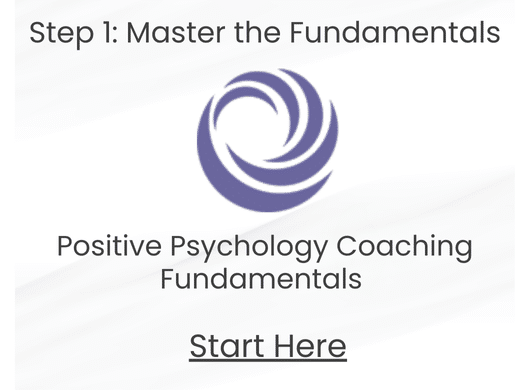
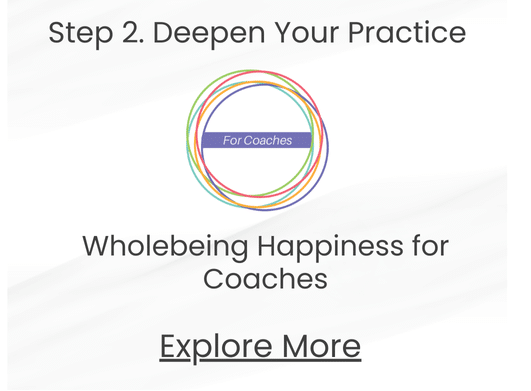
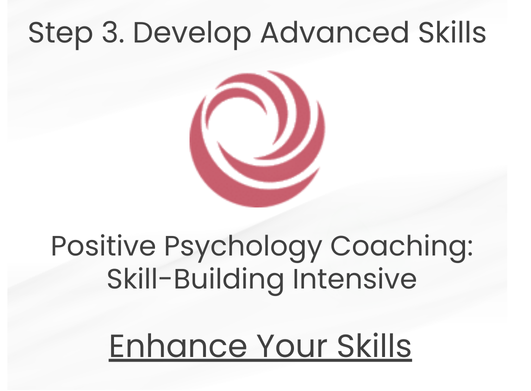

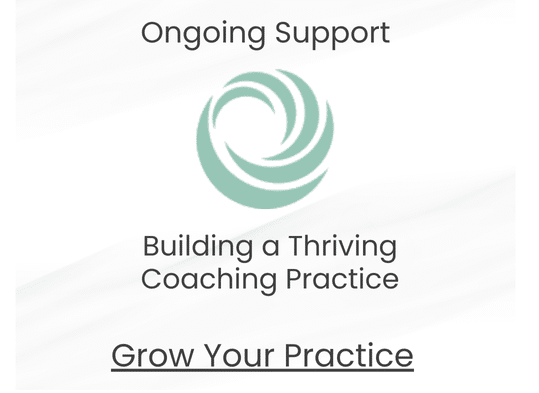
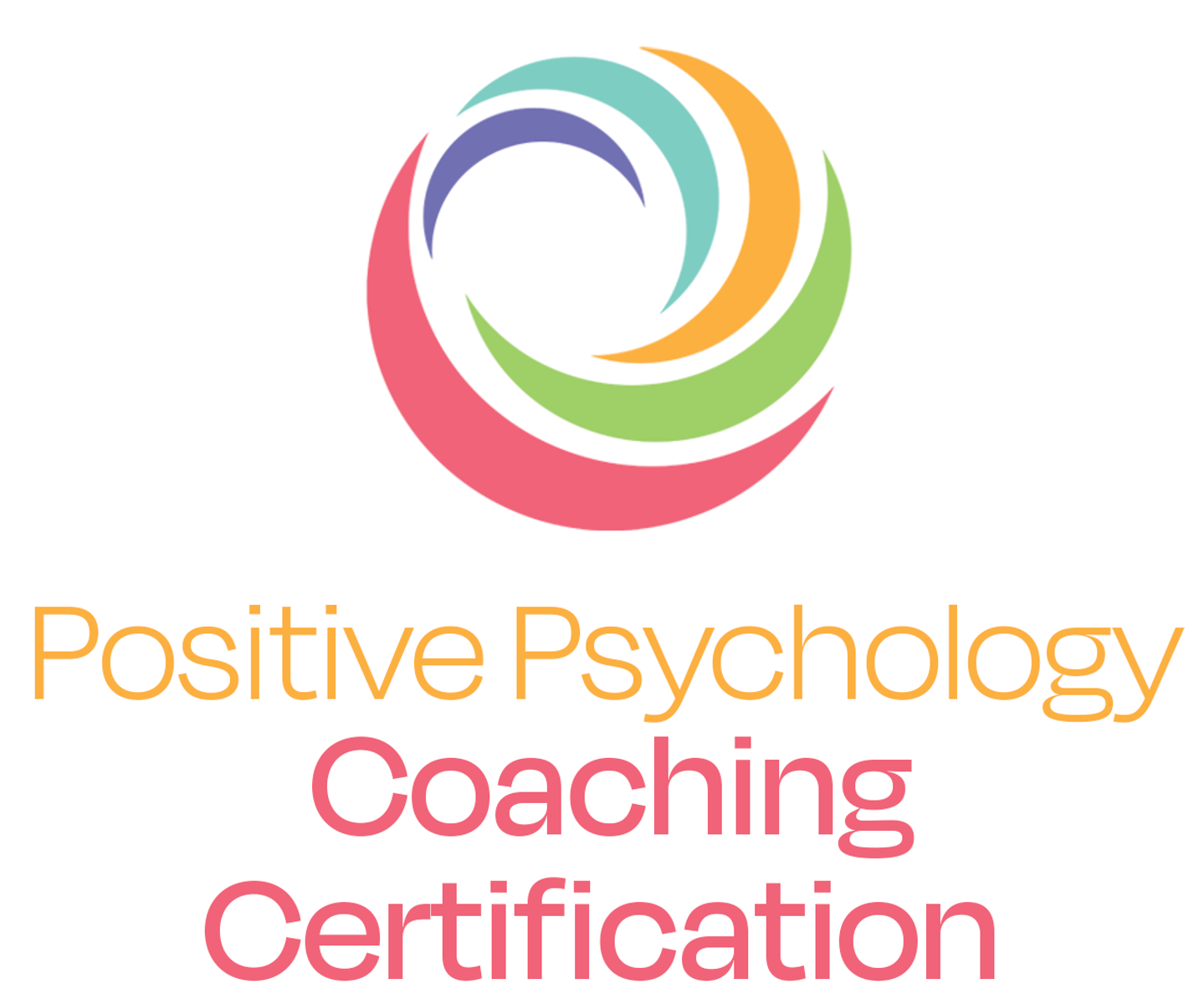
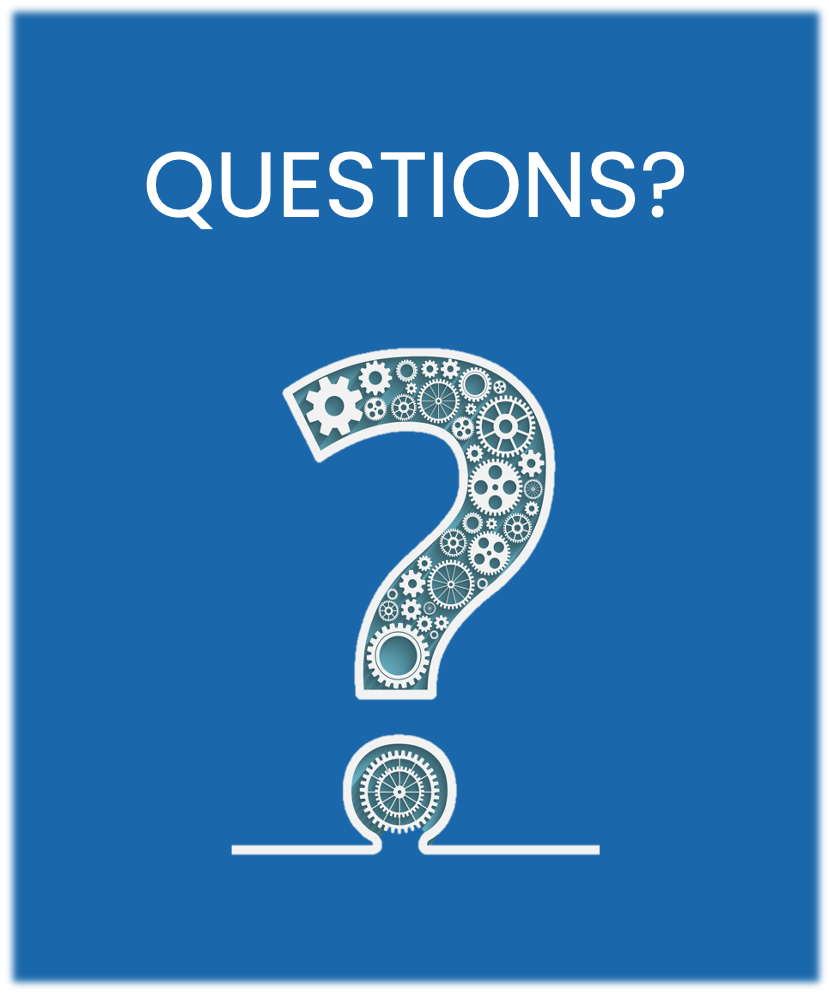
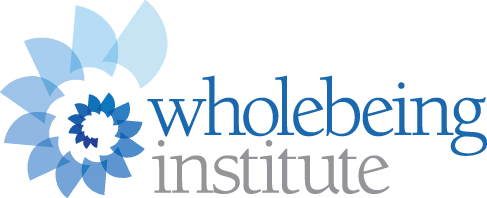
Hi Boriana Thank you. I’ve been a student of Zen Buddhism for about a decade. It surprised me at a retreat when our teacher Ekai Korematsu proffered that what people are best suited to is ‘like’. When we love or hate our emotions are so strong that we are unrealistic in our expectations of ourselves and whatever it is which we love. I was quite shocked by his comments but over time have come to value the mellowing of love into like. We are less emeshed in the outcome and personal gain but it is still a positive emotion with benefits all round. Zen Buddhism is gaining in popularity because of its minimalist approach. The only things which don’t gel with me are 1. that I question whether ‘like’ is a watered down version of ‘love’ and 2. whether ‘like’ is preferable to ‘love’??. Your comments would be appreciated, Karen Canberra Australia
Hi Karen, thank you for bringing up an interesting perspective. Language facilitates the exchange of information and knowledge, it has many benefits and it has its limitations, too. Sometimes, the wisdom is lost a little bit in translation or we get tangled up in trying to find the most accurate definition. With a big concept, such as love, there are many contextual layers and meanings attached, individually and culturally. I think that what is more important, specifically to the practice of various meditative practices is that we experience the wisdom, rather than understand the words of a teacher. And in the end of the day, that wisdom needs to resonate with our own human experience, it has to sound true to our heart. In terms of science, the state of love, also known as positivity resonance, is a reflection of our best self and the frequency with which we experience it affects our health, longevity, intellect, and character. Nowadays, we can study how our brain, heart, and even genes, respond and change to emotions and meditation. Ancient teachings meet and overlap with scientific discoveries to some extend and with some adjustments. The Dalai Lama said in a talk a few years ago here in Boston, that scientist have what to learn from Buddhism, but Buddhism does not know everything and they also need to learn and adjust their philosophy according to what science finds. Positivity resonance is the actual shared experience of trust, care and kindness, with another being in real time. It is not necessary romantic or euphoric, and it may be, in my opinion, a lot closer to that “like” Zen Buddhism talks about. I think, this is case of cultural differences and semantics, what word is used to translate or describe it in combination with what meaning we attach to these words.